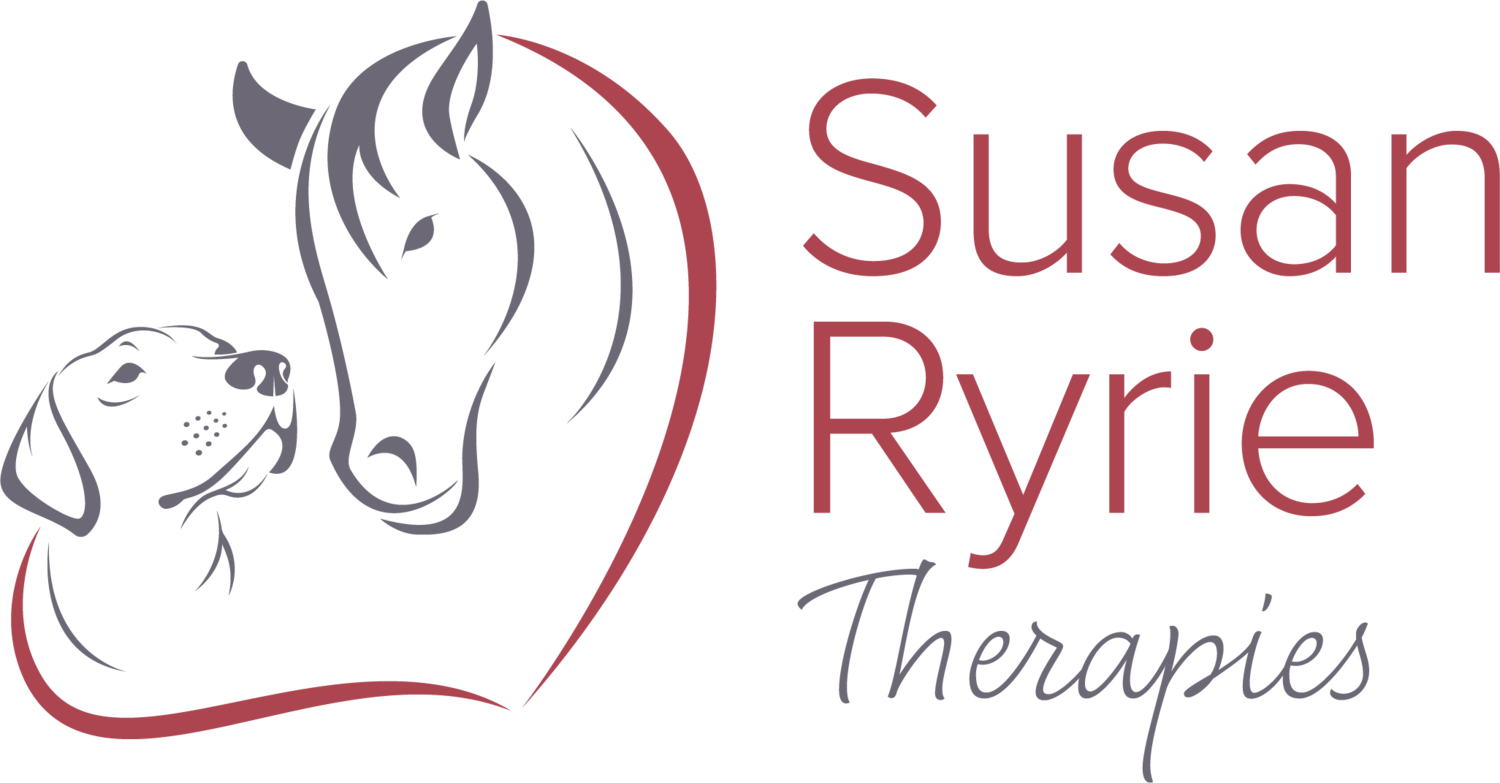
To stretch or not to stretch?
Stretches, or stretch exercises, have been popular in the past.
But ideas change.
I have been exploring why they are not as popular as they once were.
The myotatic reflex
Reflexes happen automatically and cannot be controlled by our thoughts.
The myotatic reflex, also known as the stretch reflex, helps protect our muscles and joints from injury.
This reflex prevents movements that could stretch body parts too far and damage soft tissue.
While it doesn't completely prevent all injuries, it does help avoid many of them.
Protection
To tune into what the stretch reflex is all about think what would happen if someone or something suddenly jerked very hard on your hand.
You would instinctively pull back.
This is the stretch reflex protecting your shoulder from a dislocation injury.
Triggering the reflex
The stretch reflex is triggered when a muscle is being stretched beyond what you might regard as its natural maximum ‘acceptable’ length.
So exercises that are designed to stretch carry a real risk of triggering this reflex. Instead of lengthening the muscle, the reflex causes the body to tighten it. But tightening happens when the muscle shortens – the opposite of the desired effect.
This is why it is crucial to apply stretching techniques with caution and with appropriate professional oversight.
A high price to pay
Understanding the body’s response to stretching activities is important.
Where there is an increased sense of movement or flexibility after using a stretch exercise it is easy to assume it has happened as a result of muscles becoming longer and more pliable.
However, if the stretch reflex has been activated the muscle is resisting the force, and it is the tendons and ligaments that are instead being subjected to the stretch load. This can give a sense of greater flexibility, but the body pays a high price for this.
Support for joints
Tendons and ligaments support joints.
They do not have the elastic properties of muscles and are not able to return to their original length if overstretched. If tendons and ligaments become elongated joints become unstable and there is an increased risk of injury over time.
The takeaway from this is that indiscriminate or incorrect use of stretch exercises can cause more harm than good.
Muscle control
People often turn to stretching exercises because they feel a restriction in their body or perceive a lack of flexibility.
They associate stretching with an increase in flexibility and range of movement. However, reduced range of movement can be caused in many different ways.
One especially common cause is muscle tension or imbalance, where muscle fails to release completely after pulling.
This is a failing in control of the muscle by the nervous system rather than a problem with the actual length of the muscle.
Stop pulling!
Muscle ‘pulls’ by shortening itself and it does this in response to signals from the nervous system.
When it releases the pull it should return to its ‘correct’ resting length.
However, it is very common for the ‘off switch’ to drift over time. Rather than signalling the muscle to return to 0% pull, the nervous system retains a persistent low level state of muscle contraction.
This accumulates and worsens over time. A resting state of 1% above normal becomes 2%, then 3% and so on.
The muscle is indeed in a chronically shortened state, but the solution is to address the dysfunction in the nervous system so that the muscle is able to return to its correct resting length and state of tension.






